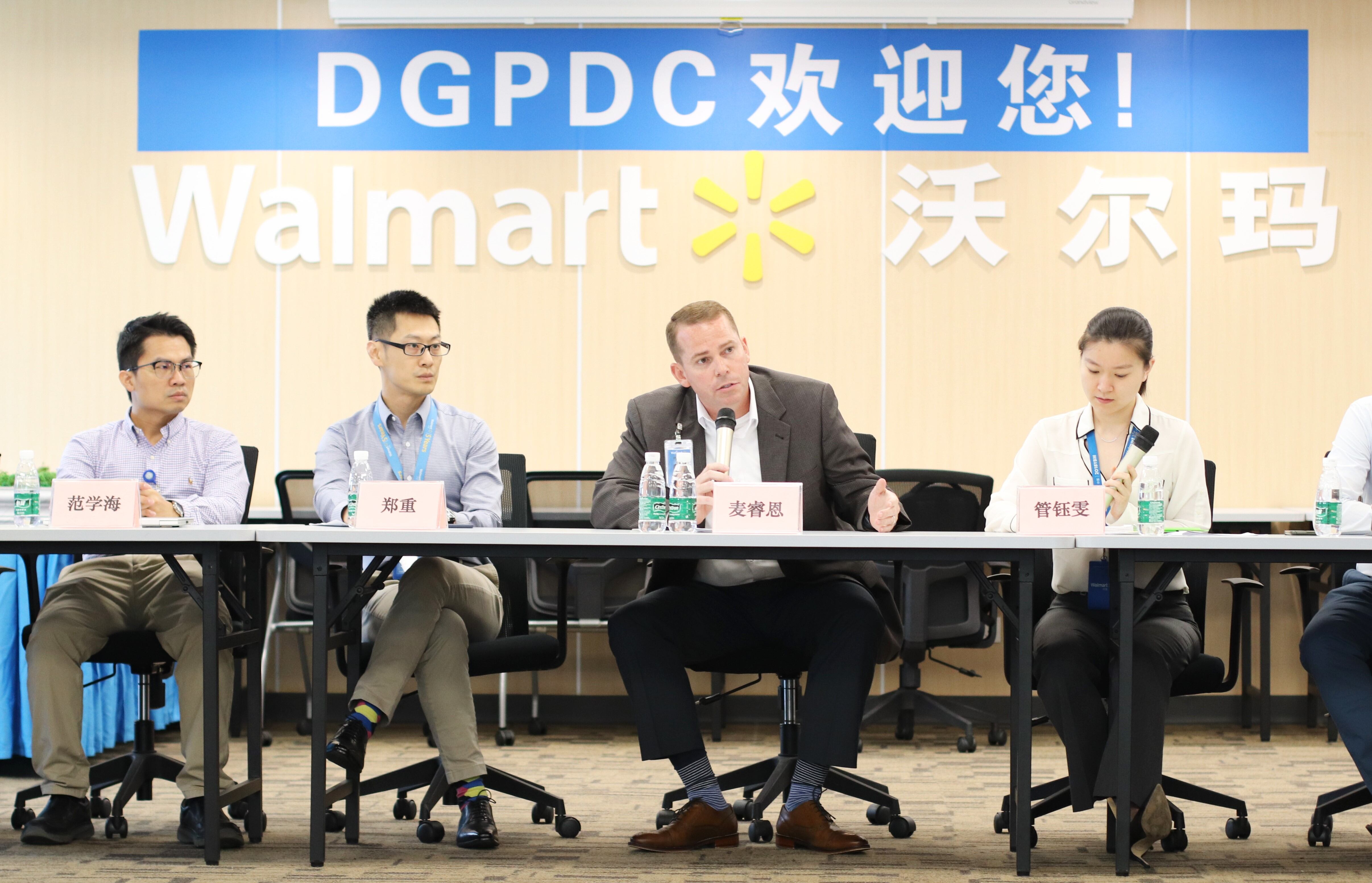According to Walmart China Supply Chain Senior Vice President Ryan McDaniel, the billion-dollar investment will go fully into the company’s supply-chain logistics development, and will be used to either build new centres or upgrade existing ones.
“[This] investment in supply-chain logistics [is] in order to enable our omni-channel development, continue to provide [great] fresh products, and improve our service,” said McDaniel at a Walmart event.
“We will invest to build more than 10 [of these centres] in China in the next 10 to 20 years.”
This announcement comes on the bank of Walmart China’s successful launch of its first customised perishable food distribution centre, dubbed the Walmart South China Fresh Food Distribution Centre, earlier this year.
According to an official statement by Walmart China, the centre is the ‘largest, multi-temperature perishable distribution centre in the domestic retail industry’, and can ‘store and process over 4,000 variants of temperature-regulated, refrigerated or frozen goods simultaneously’.
These capabilities are attributed to the centre’s advanced temperature-control hardware and technology, which include an ammonia-based central refrigeration system, a combination of highly-sealed doors to control temperature variables during receipt and delivery, a fast-moving insulation door and rolling door and more.
“Ammonia refrigeration is safer, more sustainable and about 7 times more efficient than fluorine refrigeration,” said Walmart.
“The design of the storage area [also] saves more than 330,000 kilowatt-hours per year.”
In addition, Walmart utilises a ‘transportation monitoring system’ during the transportation of any products so as to ensure that temperature control standards are met.
“Walmart requires that goods be cooled before they are loaded into temperature-regulated trucks. The pre-cooling temperature is then checked by [the] ‘transportation monitoring system’, and the container is only loaded once the temperature meets the set level,” Walmart China added.
All transportation vehicles are equipped with temperature sensors and monitors, which monitor and feedback along the delivery process to ensure the quality of the fresh produce.
Valued at some RMB700mn (US$99mn), the South China Fresh Food Distribution Centre has a daily distribution capacity of a maximum of 165,000 cases and has been operating since March this year.
“It currently serves more than 100 Walmart stores in Guangdong and Guangxi [and] is the first distribution centre in China's retail industry to attain [the] Brand Reputation through Compliance (BRCGS) Warehousing and Distribution Global Standard Certification,” Walmart China added.
More on Walmart and technology
The company also makes use of its big data platform Data Lake and various mobile applications to manage supply chain operations and analytics, in addition to using its newly-launched blockchain platform to track packaged fresh foods, especially its in-house Marketside range
The Walmart China Blockchain Traceability Platform is currently tracking 23 product lines, and is expected to widen this to an additional 100 product lines by the end of 2019.
The goal is that by the end of 2020, 50% of all packaged fresh meat sales will be traceable, 40% of all packaged vegetable sales traceable, as will 12.5% of all seafood sold.
“Walmart China has continuously invested in the whole supply chain [and the use of] digital methods to improve efficiency and transparency, providing products and services of quality to customers,” said Walmart China Chief Corporate Affairs Officer Shi Jiaqi.
“[From] source procurement and commodity strategy, supply chain construction, to store and e-commerce platform operation management, [digital methods can be applied to make] life better for busy [consumers] in China.”





